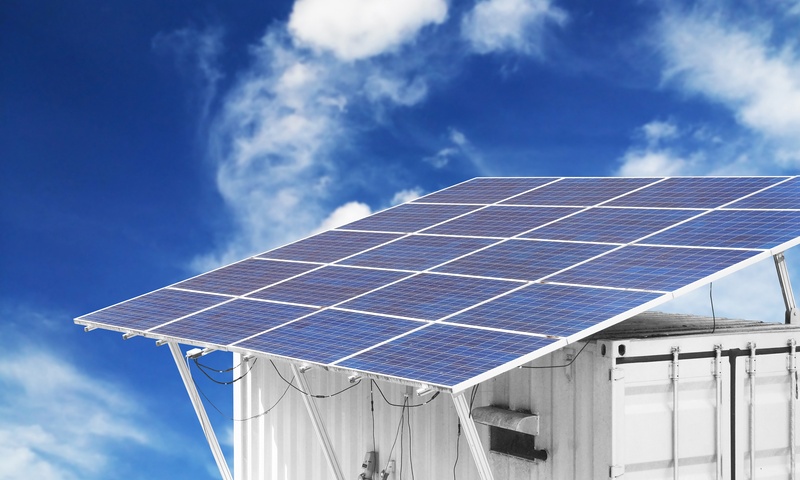How To Make Shipping Container Structures More Sustainable

Shipping container structures have become popular choices for businesses because of their affordability, durability, and versatility. However, as the global focus shifts toward sustainability, it’s essential to ensure these structures have small environmental footprints. Continue reading to learn how to make shipping container structures more sustainable.
Improving Insulation
Good insulation is a fundamental step in reducing energy consumption, especially for heating and cooling. Since metal conducts heat and cold, shipping containers consume significant energy if not properly managed. To address this, use eco-friendly insulation materials such as spray foam made from recycled materials or natural fibers like wool or cork.
A well-insulated shipping container maintains a comfortable interior temperature year-round, reducing the need for air conditioning or heating systems. Additionally, insulating the roof and underside of the container prevents heat loss during the winter and minimizes heat absorption in the summer, further cutting energy needs. This simple tactical improvement makes energy efficiency attainable and long-lasting.
Renewable Energy Integration
Adding solar panels or small wind turbines to your shipping container structure aids in its transition to self-sufficiency. Solar-powered shipping container structures are efficient and space-friendly, making solar a practical solution for powering lights and electronic devices. Plus, the panels are easy to install on the roof of the container.
Wind turbines, though less common, are powerful alternatives, particularly in windy areas. Pair either of these systems with efficient battery storage to ensure a reliable electricity supply even when direct sunlight or wind is unavailable. By combining renewable energy sources with reduced energy demands from improved insulation, shipping container structures can operate almost entirely off-grid, drastically lowering operational carbon emissions.
Water Conservation Systems
Water is an increasingly precious resource, and incorporating conservation systems into your shipping container structure is an excellent way to promote sustainability. The installation of rainwater harvesting systems allows you to collect and store rainwater and gray water for non-potable purposes.
Incorporating such systems drastically reduces your dependency on external water supplies and limits waste. Additionally, low-flow fixtures and smart plumbing designs ensure that your structure uses water more efficiently.
Knowing how to make shipping container structures more sustainable is an environmentally responsible decision and a practical way to enhance their functionality. Enhancing insulation, integrating renewable energy, and implementing water conservation systems are all effective ways to make these spaces eco-friendly. By focusing on these improvements, you can turn your shipping container into a model of sustainable business practices and inspire others to follow suit.
Would you like to receive similar articles by email?





